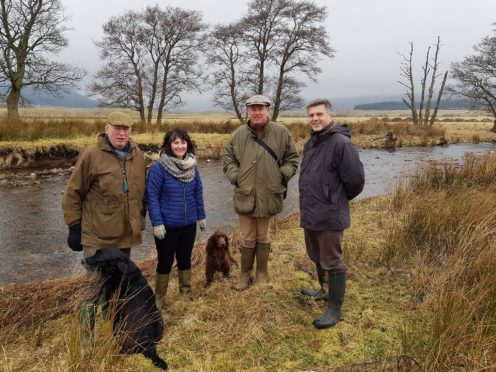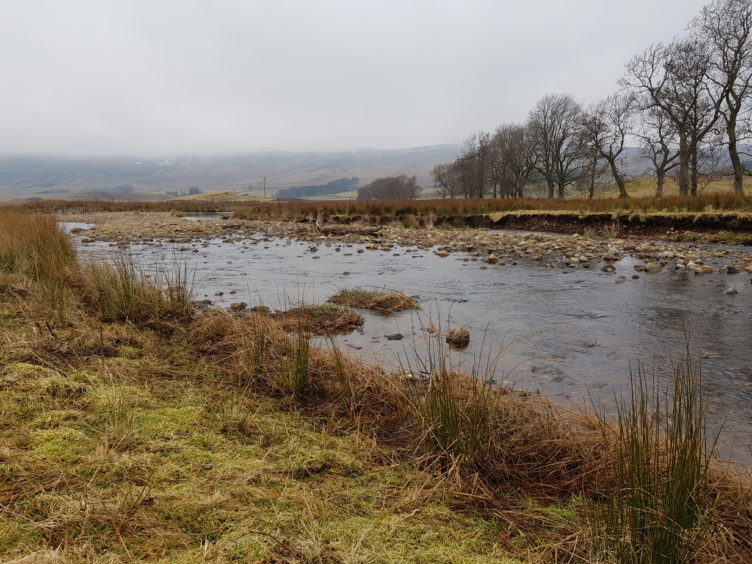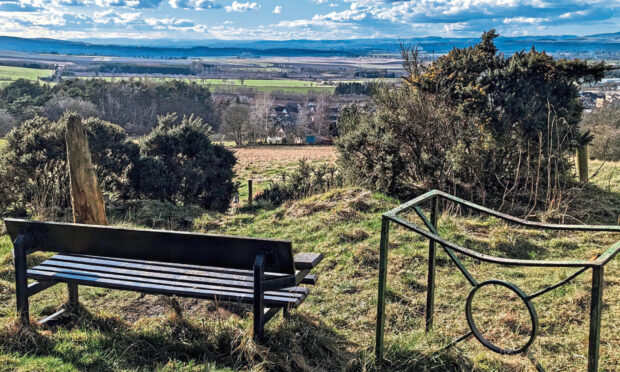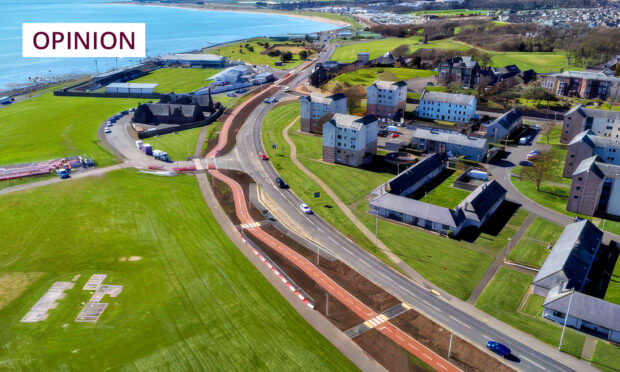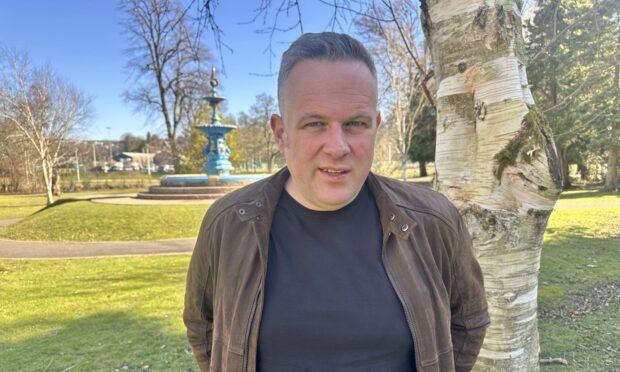Protection of native species such as the rare freshwater pearl mussel and curbs on invaders including dangerous giant hogweed will be key targets for teams working to safeguard the vitality of the River South Esk catchment.
A new catchment management plan, including an Angus-wide consultation, is being drawn up by a partnership of organisations who have been working to protect the river and its surrounds.
Since 2010, their activities have included the planting of more than 27,000 trees within the catchment and the protection of 130km of banks against pollution by buffer-strip fencing.
In all, more than 8,000 metres of river restoration has been carried out throughout the catchment in both its upland areas and its arable lower reaches.
The work is being overseen by a partnership, which includes Angus Council, Scottish Natural Heritage, Esk District Salmon Fishery Board and Esk Fisheries Trust, Cairngorms National Park Authority, NFU Scotland, SEPA, Montrose Port Authority and the Scottish Wildlife Trust.
Under a European Habitats Directive, the river has been designated a Special Area of Conservation (SAC) for its populations of Atlantic salmon and freshwater pearl mussel.
The partnership’s 2017 report highlights the progress made towards delivering on the actions in its existing catchment management plan.
River engineering works have included a project at the Rottal Burn at Glen Clova which saw a straightened stretch restored to follow its historic course.
The aim was to help the burn to support viable populations of salmon and trout and increase its general biodiversity value.
The scheme involved the creation of a new 1,200-metre “meandering channel”, slowing the flow from the Rottal Burn into the South Esk main stem.
Invasive, non-native species control has included the spraying of 180,000 sq m of giant hogweed and 14,500 sq m of Japanese knotweed.
American mink are also being monitored and controlled in the catchment to protect native wildlife, such as water voles, ground nesting birds and economically important populations of salmon and game birds.
The partnership’s new plan will feed into existing objectives around woodland creation, economic development, community resilience and angling and wildlife tourism.
